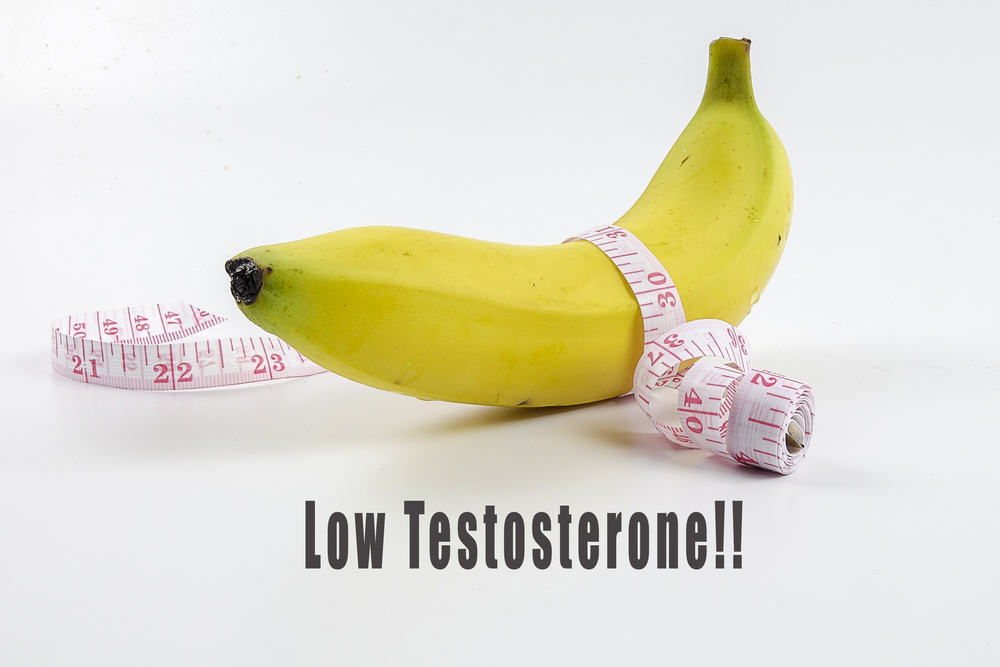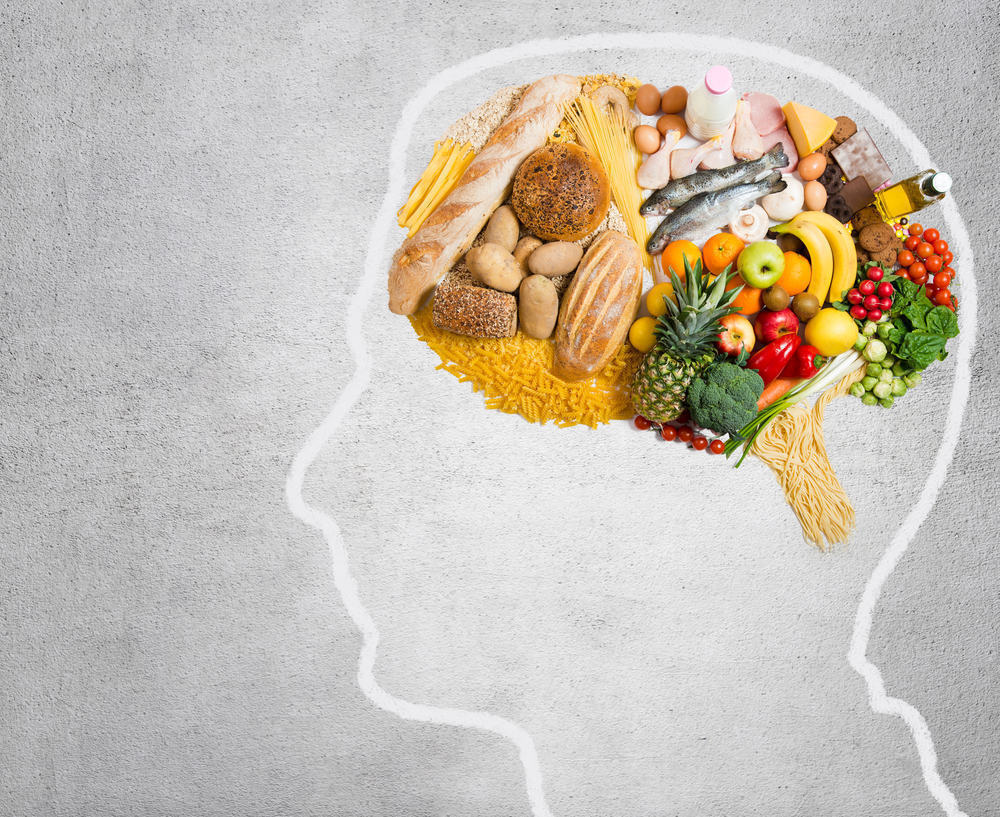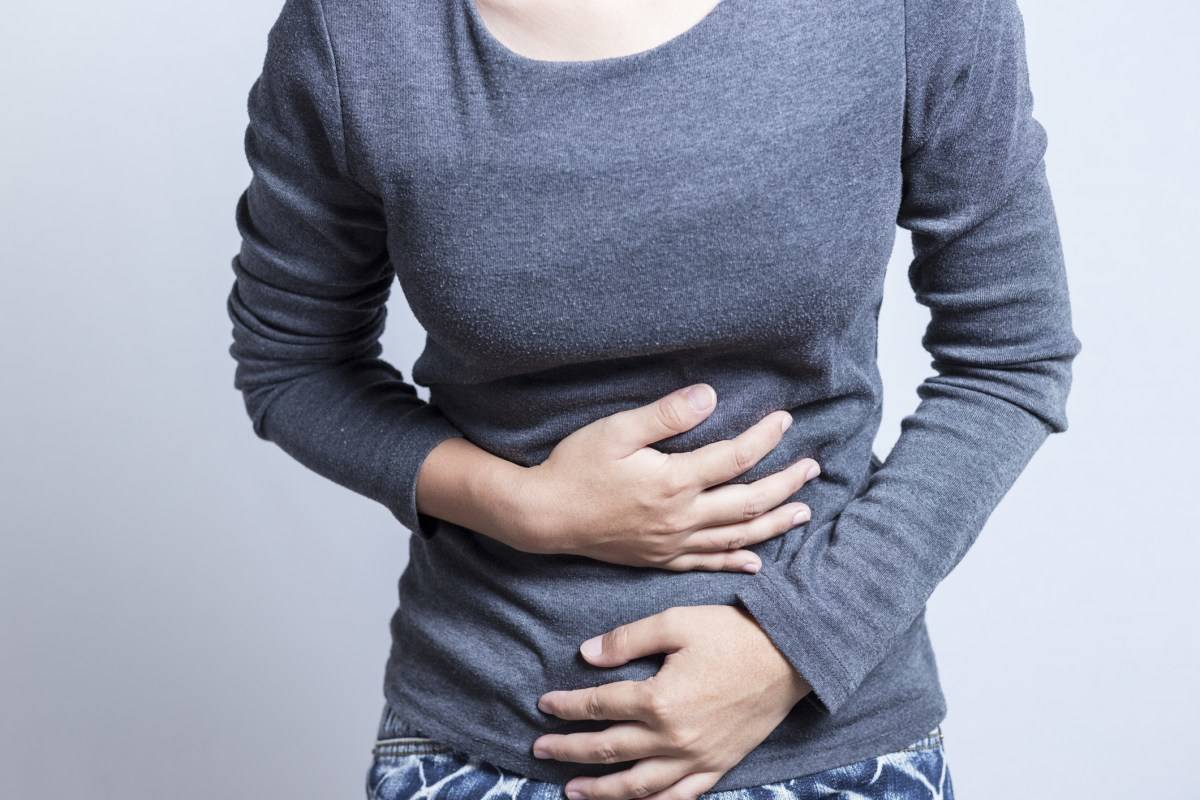Contents:
- Medical Video: Emmy's Food Allergy Journey
- Food allergies are different from food intolerance
- Recognize the symptoms of food allergies in children
- On skin:
- On breathing:
- In digestion:
- In blood circulation:
- Some foods that commonly cause allergies
- Various ways to overcome food allergies in children
Medical Video: Emmy's Food Allergy Journey
Food allergies are usually more experienced by infants and toddlers. If you or your partner has a certain food allergy, the child also has the chance to have the same allergy later on. Even so you don't worry too much, because everything can be prevented if you pay attention to some important things, including knowing the signs and symptoms of food allergies in children.
Food allergies are different from food intolerance
Most people consider food allergies and food intolerance to be the same thing. In fact, they are different.
Food allergies occur when the immune system overreacts to compounds that are considered dangerous after consuming certain foods. Food allergies can be chronic (lasting a long time), or acute (suddenly).
While food intolerance does not concern the immune system, it is caused by the inability of children to digest certain substances in food (such as lactose).
Recognize the symptoms of food allergies in children
Before assuming all symptoms and diseases as "food allergies", you should first know the symptoms of food allergies in children.
On skin:
- Red spots that look like mosquito bites)
- Itchy skin rash (eczema, also called atopic dermatitis)
- Swelling
On breathing:
- Nasal congestion
- Hard to breathe
- Cold
- Sneezing
- Wheezing
- Sore throat
In digestion:
- Nausea
- Gag
- Diarrhea
- Stomach ache
In blood circulation:
- Pale skin
- Lost balance
- Lost consciousness (fainting)
Food allergic reactions can appear differently. Your child may come up with a reaction only in one part of the body as mentioned above, or it actually involves many parts of the body.
In some cases, children may also experience anaphylaxis, which is a condition when the body gives a reaction that is classified as severe to threaten the safety of his soul. That is why, symptoms of food allergies in this one child need immediate medical treatment.
Some foods that commonly cause allergies
Although all foods have the potential to cause allergies, most cases of food allergies are caused by:
- Cow's milk
- Egg
- Peanuts
- Soy
- Wheat
- Peanuts (such as walnuts, pistachios, and cashews)
- Fish (like tuna, salmon, cod)
- Shellfish (like shrimp and lobster)
In general, peanuts, nuts and seafood are triggers of severe allergic reactions. Food allergies in meat, fruits, vegetables, whole grains, and seeds such as sesame may also occur.
Apart from that, food allergies in early childhood can be lost. About 80-90 percent of allergy to eggs, milk, wheat, and soybeans will not appear again when the child is 5 years old.
However, there are still a number of persistent allergies, for example, one in five children can recover from peanut allergies, but fewer can recover from nuts or seafood allergies.
Pediatricians and allergists can do several tests to diagnose food allergies in children and monitor their progress, whether the allergy is gone or not.
Various ways to overcome food allergies in children
If you suspect your child develops allergic signs and symptoms in children as mentioned above, contact your doctor immediately for further treatment.
Doctors can find out which foods cause allergies and help provide care according to the needs of the child. Doctors may also prescribe medications such as antihistamines to treat symptoms.












